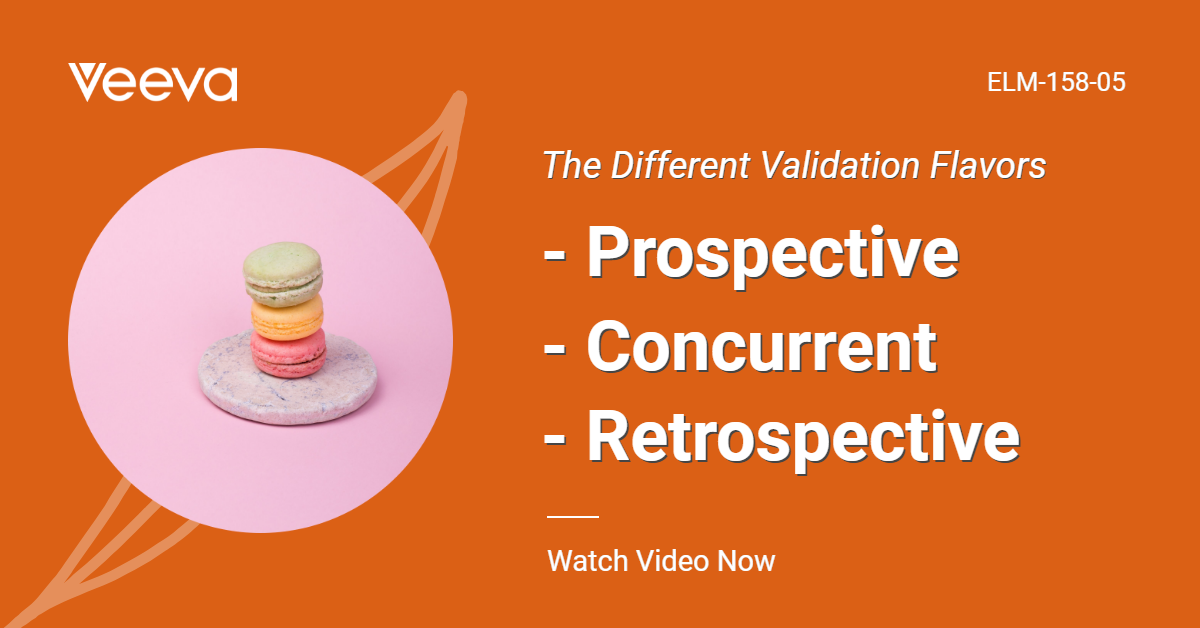This efficient standard provides a science-based approach to ensuring that continuous processes’ are continuously meeting their predetermined critical quality attributes and is consistent with ICH Q8 and ICH Q9. The key concepts of this standard are:
- Science-based approach,
- Quality by design,
- Product and process understanding,
- Quality risk management,
- Continuous improvement
For the purpose of this article, both the terms ‘Pharmaceutical’ and ‘Biopharmaceutical’ manufacturing companies will be referred to as ‘pharma’.
This article has been written to highlight the key components of this standard, but more importantly it has been written to communicate that this powerful standard exists and to show readers what it is all about.
Through process validation, pharma manufacturing companies must provide documented assurance that their manufacturing processes are consistently delivering products whilst achieving the specific critical quality attributes of strength, identity, purity, safety and efficacy.
Knowledge
The knowledge gained during the product lifecycle will provide a continuous quality improvement framework and once established, will provide business and manufacturing benefits addressing operational and compliance goals including continuous improvement and real time release. The following may be possible:
- Risk mitigation;
- Process variability reduced;
- Process capability enhanced;
- Process design space defined/enhanced
- Product quality improvement.
This standard is very flexible and functional and may be utilised across all manufacturing areas and applied to improvement projects as well as new product or process development projects, a key benefit to this powerful standard is that it is robust and very applicable whilst not been over verbose, in addition the ASTM authors have made sure that they have used current trends and standards as a basis for developing this standard.
Applying continuous quality verification to manufacturing processes that utilise monitoring systems provide frequent and objective measurements of process data, using this mechanism allows process owners to monitor, measure and analyse and control process performance as well as gather data pertinent to the process that can facilitate further improvement and refinement.
What the FDA Say.
According to FDA Guidance for Industry, PAT, “With real time quality assurance, the desired quality attributes are ensured through continuous assessment during manufacture. Data from production batches can serve to validate the process and reflect the total system design concept, essentially supporting validation with each manufacturing batch.”
Knowledge gained during continuous monitoring processes accumulates and can be used to identifying the Critical Quality Attributes (CQAs); this coupled with the risk-based monitoring and control strategy enables a greater level of control over the CQA, subsequently providing a high level of confidence that each batch is being produced in a consistent validated fashion, as opposed to a conventional discrete approach to validating the process.
Summary of ASTM E2537 – Key Concepts
Advantages of a Science-Based Approach
- Science and risk based decision making;
- Process and product information relative to public health;
- End of manufacturing process always yields a product that consistently fulfils its predetermined quality acceptance criteria.
Quality by Design (QbD)
- Concepts to be applied in the design and development of a product and associated manufacturing processes;
- Ensure critical quality attributes can be accurately and reliably predicted;
- Provides a knowledge transfer framework enabling the organisational understanding required to drive effective risk management and decision making.
- Systems must exist to capture and organise knowledge from the continuous processes in order for continuous quality verification to be achieved.
Product and Process Understanding
- A process will be considered well understood when
- Critical sources of variability are identified and explained;
- Variability is managed by the process;
- Product quality attributes can be accurately and reliably predicted over the design space established for materials, parameters, manufacturing, environment and other conditions. (FDA Guidance for Industry, PAT).
- By ensuring that products and processes are understood, the level of repetition of validation effort can be reduced; more options for justifying and verifying systems intended to monitor and control biological, physical, and/or chemical attributes of materials and processes.
Quality Risk Management
- Proactive approach to identifying potential issues or problems.
- Assists in the preparation of robust processes to manage and change process parameters and mitigating the associated risks.
- Risk management should be a continuous process and any lessons learnt during risk management activities should be taken into account during future risk management exercises.
Continuous Improvement
- Process knowledge and understanding is key to being able to further mitigate risks whilst demonstrating process control; a by-product of this is the ability to be able to optimize the process design as necessary based on the gained knowledge and experience.
- Comprehensive statistical process data analysis may be used to provide the rationale for justifying changes to measurement, control, and testing requirements.
Conclusion
ASTM E2537 has concisely delivered a robust process for dealing with the Application of Continuous Quality Verification to Pharmaceutical and Biopharmaceutical Manufacturing. This standard has sensibly utilised current risk and science approaches that are consistent with the current trends of the pharmaceutical industry, the actual ASTM standard also makes reference to ICH and FDA publications. This standard is an invaluable source of information to anyone looking at continuous process monitoring projects whether these are prospective or retrospective.
Terminology
Other terms for describing CQV include: Continuous Process Verification (ICH Q8); Continuous Quality Assurance (FDA).
References
ASTM E2537 – Standard Guide for Application of Continuous Quality Verification to Pharmaceutical and Biopharmaceutical Manufacturing.





